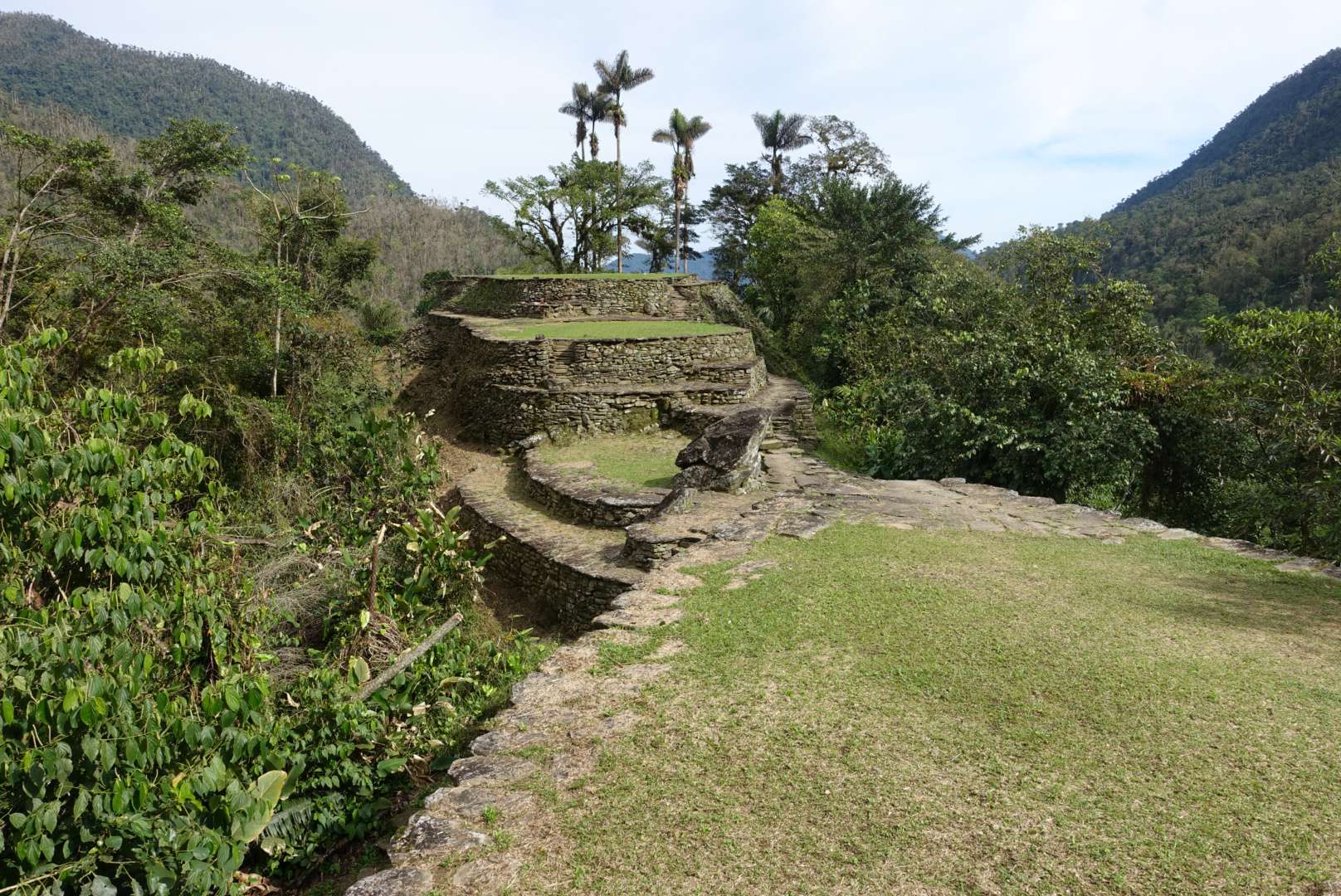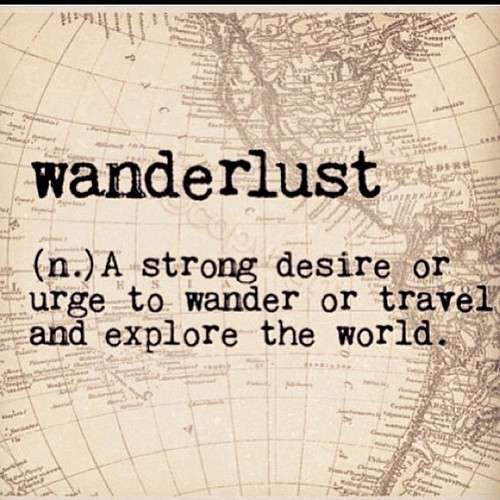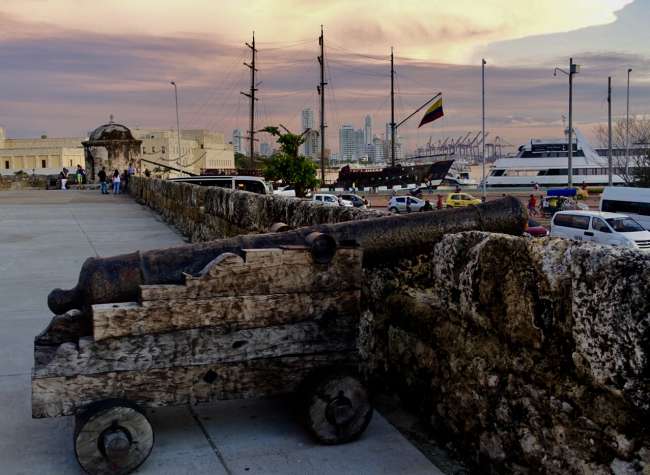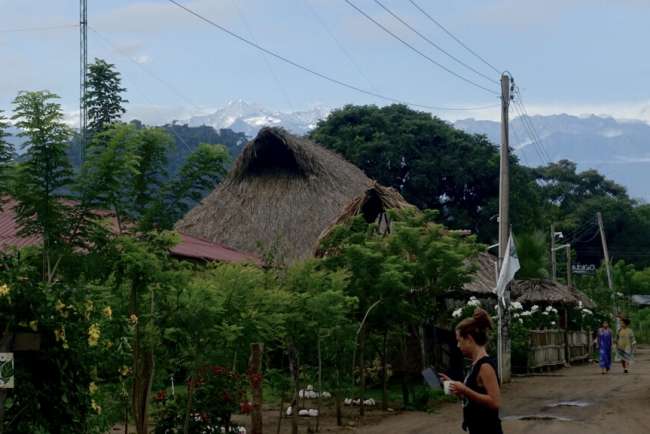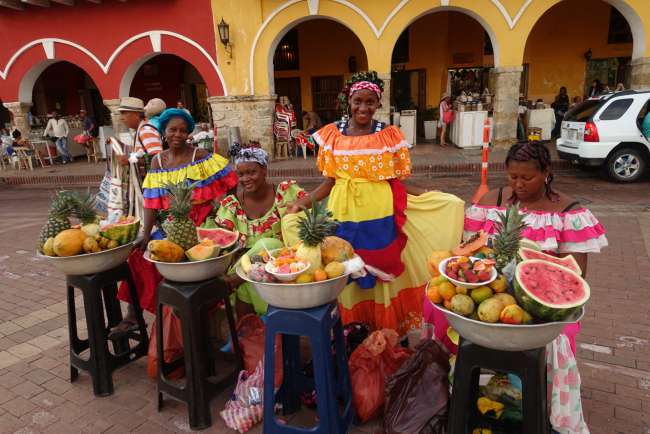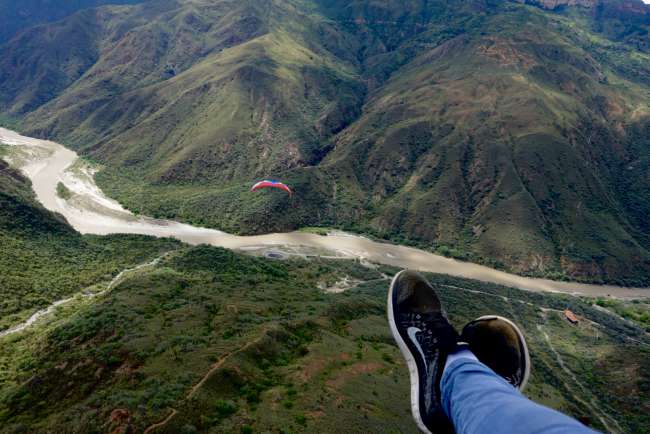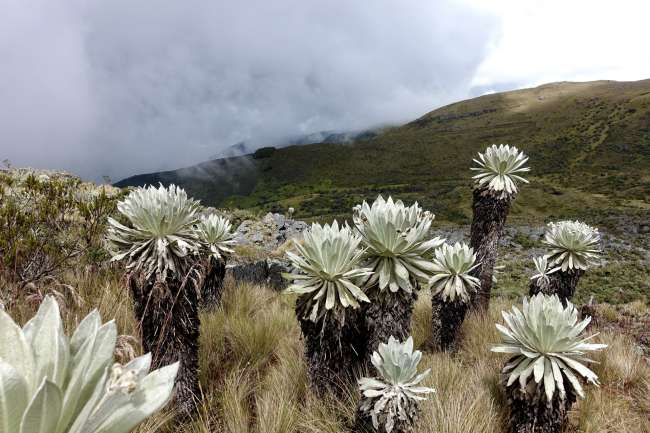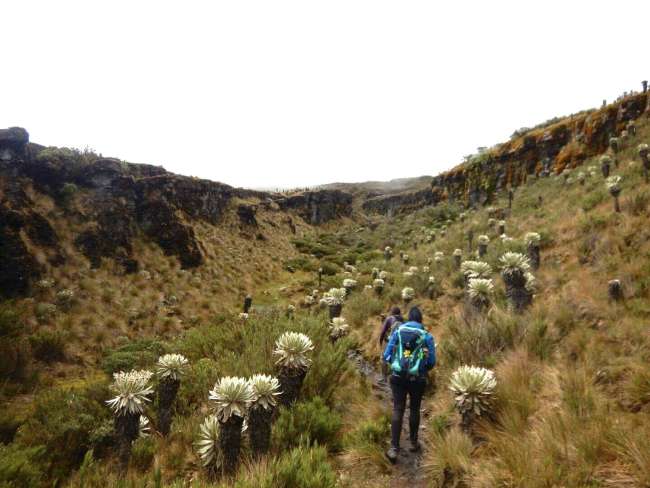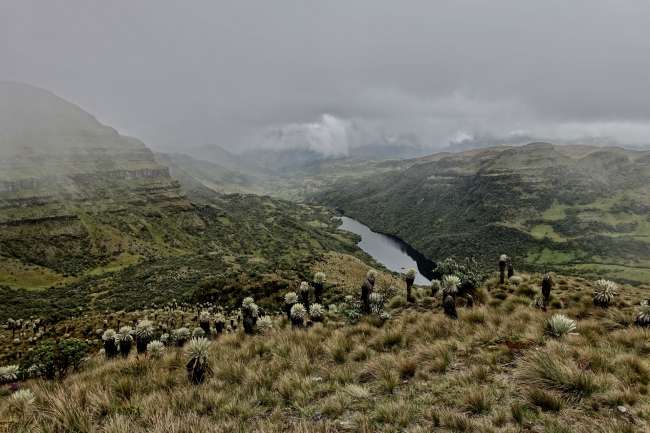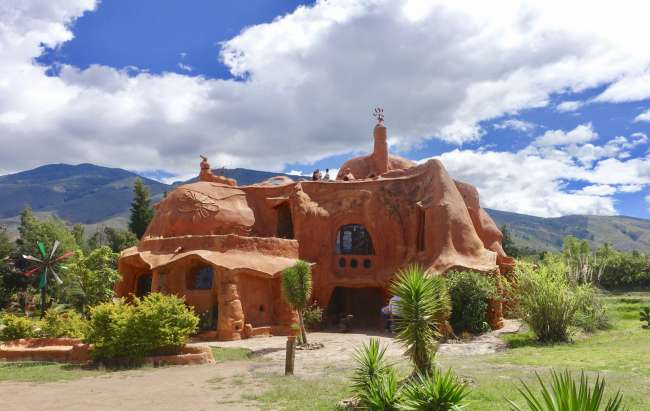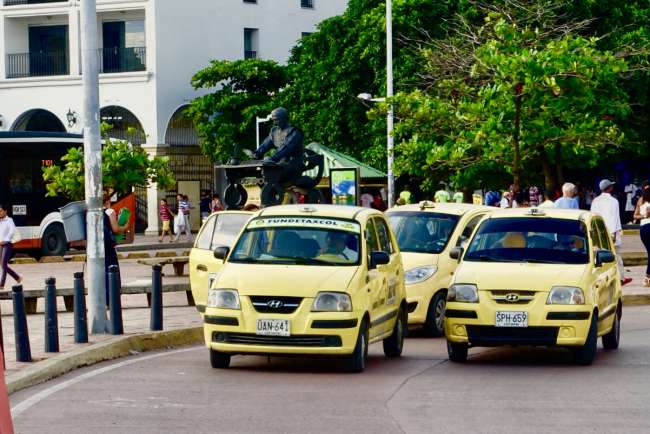Back to Bogotá via the Andes
Апублікавана: 03.12.2016
Падпісацца на рассылку
December 2, 2016
Palomino-Cartagena-San Gil-Sogamoso-Villa de Leyva-Bogotá
Palomino is a small village east of the Tayrona National Park. The main activity (apart from lying on the Caribbean beach) is tubing. Actually, you mostly just lie there. In the village, you can rent an inflated (tractor?) tube on every corner and then be taken a few kilometers upstream by motorcycle. From there, another hour's walk, and if you don't get lost, about half an hour to the water. Then, you let yourself drift down the river for a good two hours through the jungle until you reach the sea. Maybe I should write a letter to the organizers of the Limmat Swim, because this tube is much more comfortable and robust than an inflated signboard, and it's also recycling. If you get up early in the morning, you can see the snow-covered mountains of the Sierra Nevada de Santa Marta in clear weather, while you are on the beach at about 30°C. Nevertheless, I was glad to have my warm sleeping bag with me, because it was still about 20°C on the bus to Cartagena.

Cartagena is one of the more touristy cities in Colombia with a very well-preserved beautiful old town. I arrived there in the evening and was able to explore the area at sunset. For dinner, there was street food. You can put together a complete menu on the go. You can even get an espresso after the meal at almost every street corner from one of those big grandmother's thermos flasks. But for dessert, I fell into the tourist trap. Outrageous 3 francs for a fruit salad - and you get to take a photo of the sellers. In general, everyone here wants to sell you something, and you are like a walking dollar bill. That's why I didn't go to the old town the next day, but instead slept comfortably under the fan in the hammock. Because it was incredibly hot here. Cartagena's market is located a bit outside, and it was not directly recommended to go there. The Mercado Bazurto is in stark contrast to the polished old town. Here, I bought my lunch. The avocados are huge. I refrained from eating fish and meat for hygienic, visual, olfactory, and health reasons - I wouldn't order "market fresh" here. In the evening, I took an Uber to the bus station. It is always a pleasure to talk to taxi drivers. Who would have thought that a Reiki Level 2 can heal from a distance?


The overnight bus to San Gil was true luxury: power outlet, wifi, and more space than you need. So I arrived in San Gil very relaxed and immediately signed up for the mountain bike tour (the more challenging one). That was a mistake. I imagined a bike tour through the beautiful colonial villages, where there might also be some uphill sections. At the Ciudad Perdida, everyone also said "challenging". You could have inquired beforehand. The tour consisted almost entirely of downhill on very unpaved roads, which made it incredibly exhausting. And when I gave in to my sore thighs, it hurt the buttocks. But in the end, we still arrived at my colonial village and had lunch there. Unfortunately, then the guy from "Colombian Bike Junkies" (yes, the name should have been a hint..) came and took us and our bikes up the next hill, where we had to race down again. The first accident happened after about 10 minutes, and there was even a rockfall, but fortunately, no one was hit. In the evening, I gave my Voltaren ointment to the limping Irishman. After so much action, I needed to recover the next day, so I decided to go paragliding. For less than 60 francs, you could take a tandem flight of about 30 minutes over the Chicamocha Canyon. It starts on a ridge and also lands there again with favorable updrafts. With less favorable wind, you have to land in the valley, which no one wants because then you have to wait for a car forever. We had moderately favorable thermals and tried to follow the "beards" (Hugo had moderate English) as they drifted in the updrafts. So we were in the air for about 1.5 hours and finally made it to the other side of the mountain. We also did some stunts, and I was glad that I only had a small slice of my 1kg avocado for breakfast.

The next day, we continued to Sogamoso, which is the best starting point for a hike in the Páramo de Oceta. The place is not very touristy, and I was glad that Lisette, a Dutch girl I met in San Gil, came along. Because when we arrived at the hostel in the evening, no one was there except for a somewhat dubious long-term guest who first made us a coffee. One of the two brothers who run the hostel (as a sideline) eventually came and gave us a room and some information about what to do in the area. Since we already knew that we wanted to do the Oceta hike, he immediately called his brother/co-owner/guide, so that he could provide us with more detailed information about the hike. For example, that we would start at 3000m above sea level and go up to 4000m. That wasn't mentioned in the guidebook. I must have somehow overlooked that we are in the Andes. But Wilson said it's no problem, the altitude can be compensated for with a slower pace. The next morning at 5:30, we set off, first by bus to the starting point, then uphill all the way. With increasing altitude, my heart rate also increased. With the slightest exertion, it quickly reached 150, and I could feel my heart in my throat. But the beautiful landscape distracted from any discomfort. Wilson could tell us a lot about nature and the history of the area since he grew up here and is also very interested in his country. He knew exactly which plant is used for which medicine and also makes his own tinctures. The frailejones, the most important plants of the páramo, grow 1cm per year. And many of them were over 2m tall. The páramo is a high moorland and is rarely found outside of Colombia. Due to the sponge-like ground, you have to be careful where you step. Even GPS doesn't help. Apart from that, Google maps sometimes told me that I was standing in a wall or a building, even though I was in the middle of the street.. Everything is a bit different here. The weather changed within minutes, and my onion principle with 5 different tops proved its worth. On the highest point with a view of the Laguna Negra, whose water actually seemed black, it started to rain. From then on, it got a little cold, especially because of the wet feet.. But that couldn't spoil our good mood. And neither could the terribly bad pizza from the delivery service, because in the evening, we just didn't feel like cooking anymore. The next day, we went to Lago de Tota - the largest and highest lake in Colombia. The fresh rainbow trout for lunch with a view of Playa Blanca was excellent.



Before going back to Bogotá, we made a stop in Villa de Leyva, a popular destination especially for Colombians. The charming colonial village at almost 2000m above sea level has spring weather all year round. We decided against a longer hike here, but the walk to Casa Terracota was still possible. An architect built a house out of clay here a few years ago, which is completely without concrete or steel and was burned by the sun. Because curious people kept coming by all the time, he eventually moved out, and now the house is a kind of museum. Lisette went on to Cuba from Bogotá, and I arrived in Buenos Aires yesterday and am already having my first hangover breakfast. But not drinking wine in Argentina wouldn't have been right yesterday evening. Natalja and Raffi will arrive the day after tomorrow, and then we will continue towards Patagonia.


On various bus rides, in hostels, or wherever I went, I met locals who were always thrilled when I told them that I liked their country, and almost everywhere I was welcomed with open arms. I also met many Colombians who were traveling as tourists themselves. They find it very "chévere" that you can travel like this. What I find particularly impressive is how much everyone knows about their own country. You immediately get tips about sights, beautiful hikes, or historical peculiarities of the region. People are also well informed about current events. The peace agreements are an important topic. Demonstrations are taking place on the plazas in every larger town (peaceful ones, with tents and hippies and all). The fact that the referendum on the peace agreements turned out negatively in October is mainly due to the conservatives' control over the media. Of course, I mostly dealt with younger, more left-leaning Colombians, which I personally don't see anything wrong with (I can't help it if older taxi drivers tell me something about alternative Japanese healing methods and such..). Many wealthy Colombians own land that they acquired during the guerrilla era and that is protected by the FARC. They obviously do not want to accept the peace agreement because it provides for the return of land to the approximately 8 million(!) displaced Colombians. The very low voter turnout is less due to disinterest than to a often multi-day journey to the polling station. And I can confirm that now. For example, the entire Teyuna village would need 2 days to get to the nearest civilization without a helicopter, and who would then take care of the fields and the animals? The newspapers are in the hands of all the wealthy landowners. The planned 6 parliamentary seats for the FARC (5% of all seats from 2018) are also well suited for fear propaganda. But apparently, a peace agreement is possible even without a referendum, because it was approved by the Congress the day before yesterday.
Падпісацца на рассылку
Адказ (2)
Natalja
Jaaaaa wir freuen uns sehr auf dich!Sandra
Jeee👏🏻👏🏻👏🏻 Freu mich au!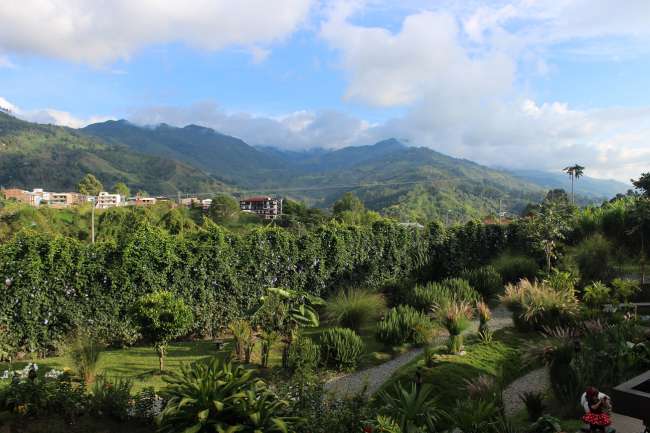
Справаздачы аб падарожжах Калумбія
